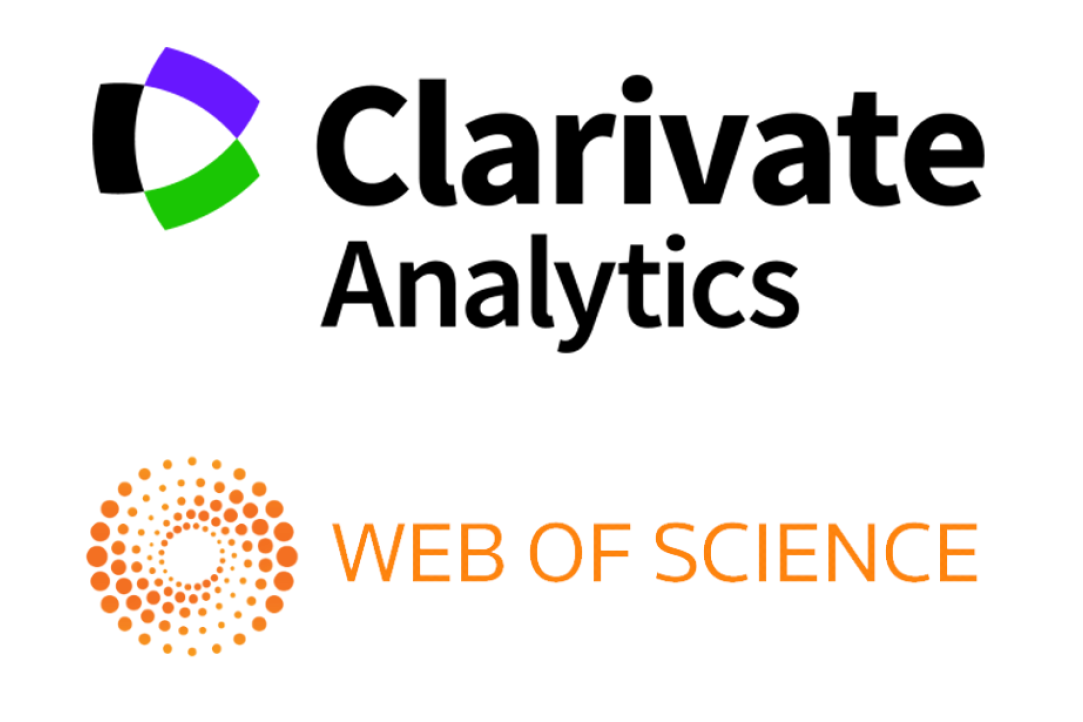The late scholastic roots of Alexius Meinong’s theory of objects
DOI:
https://doi.org/10.21146/2072-0726-2022-15-1-5-20Keywords:
Alexius Meinong, theory of object, late scholasticism, so-being, being, third kind of being, Aussersein, nucleus properties, extra-nucleus propertiesAbstract
The theory of objects is usually considered as a pioneering endeavor of Alexius Meinong. In this paper, we intend to show that it finds parallels in the late scholastic philosophy of the fourteenth and seventeenth centuries. First, we argue for the assumption that Meinong may have been aware of scholastic ideas akin to his own. Second, our hypothesis is examined in terms of the logic of the problem itself, that is, the logic of the objectivity of thought. To do so, we delineate the basic theses of Meinong’s theory as follows: 1) the thesis of the pure object and of givenness to cognition as a universal property of the object in general; 2) the thesis of the necessity of a discipline designed to investigate the object as such; 3) the being of the object. Ways of being. Independence of so-being from being; 4) transition from “the third kind” of being conception to the idea of Aussersein; 5) the thesis about internal structure of so-being, nuclear and extranuclear properties of the object. Each of theses is compared with the corresponding elements of late scholastic discourse. As a result, we conclude that Meinong’s theory can be considered as a continuation and development of similar ideas in scholasticism, despite the difference in the original contexts and explicit tasks in the two traditions. This means that a study of late scholasticism can be very useful also for a better understanding of the intentional theories of the Brentano school and, in particular, Alexius Meinong’s theory of objects.






